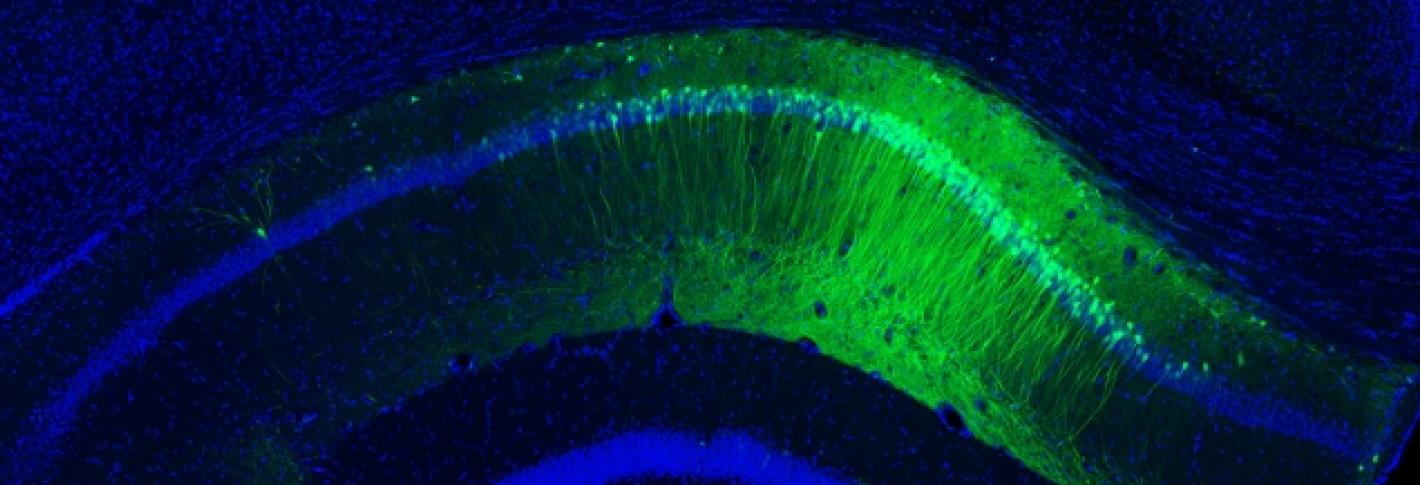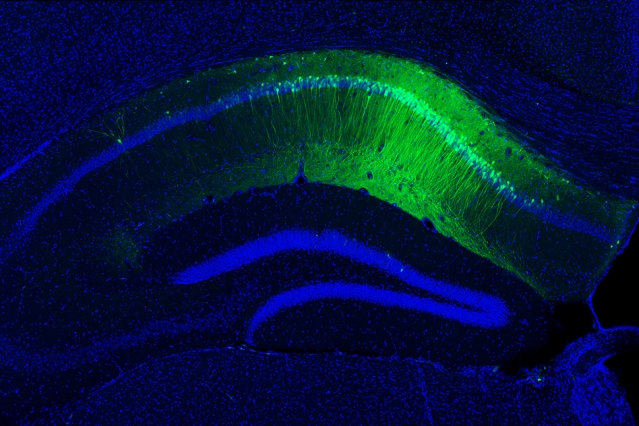
Memories are stored, consolidated and then retrieved when needed. That may seem like an obvious set of steps but the fact that they are distinct has profound implications. For instance, in memory disorders such as Alzheimer’s disease and amnesia, memory problems could be the result either of failed storage or consolidation, or of failed recall. Studies in the lab of Picower Professor Susumu Tonegawa have revealed the distinctions between these important parts of the memory process.
In a 2015 paper looking at the molecular mechanisms of memory consolidation, Tonegawa’s lab made a key discovery. After mice formed a memory of a specific experience (a little shock to the foot in a particular cage) they labeled the cells involved (known collectively as the memory “engram”). They saw that the cells exhibited considerable strengthening of their connections (called synapses) as memory consolidated. But in mice where they purposely blocked the synthesis of specific proteins, the synapses didn’t strengthen and the mice could not recall the fearful memory when placed in the cage where the little shock took place.

Tonegawa called these naturally unretrievable engrams “silent engrams.” His lab went on to show conditions where they occur naturally. In a 2016 study of mice modeling Alzheimer’s disease, they demonstrated that while the rodents struggled to remember, the memories were still stored and could still be recalled with optogenetic stimulation. A year later the team found another instance of silent engrams by returning to the study of memory consolidation. Contrary to conventional wisdom, which held that memory storage sites are slowly transferred from a region called the hippocampus to the prefrontal cortex (PFC), the team discovered that the hippocampus communicates memories to the PFC immediately. But the PFC engrams were silent for about two weeks, while the hippocampal engrams were active right away. Eventually, the PFC engram became active, while the hippocampus one fell silent.
In another 2017 study, Tonegawa and his lab revealed more about the nature of silent engrams. As before, they trained mice to fear being in a cage by giving them a little shock and then labeled the engram cells and engineered them for optogenetic control. And as before they disrupted the protein synthesis that strengthened synapses enough for natural recall, creating silent engrams. They found that they could still invoke recall in the silent engrams with optogenetics at least eight days after the initial experience and they could restore the silent engrams by giving a drug that strengthened synapses. Moreover, they found that memory recall evoked by optogenetic activation could be disrupted if connectivtity among engram cells spanning different regions of the hippocampus and a fellow region the amygdala were disrupted.

